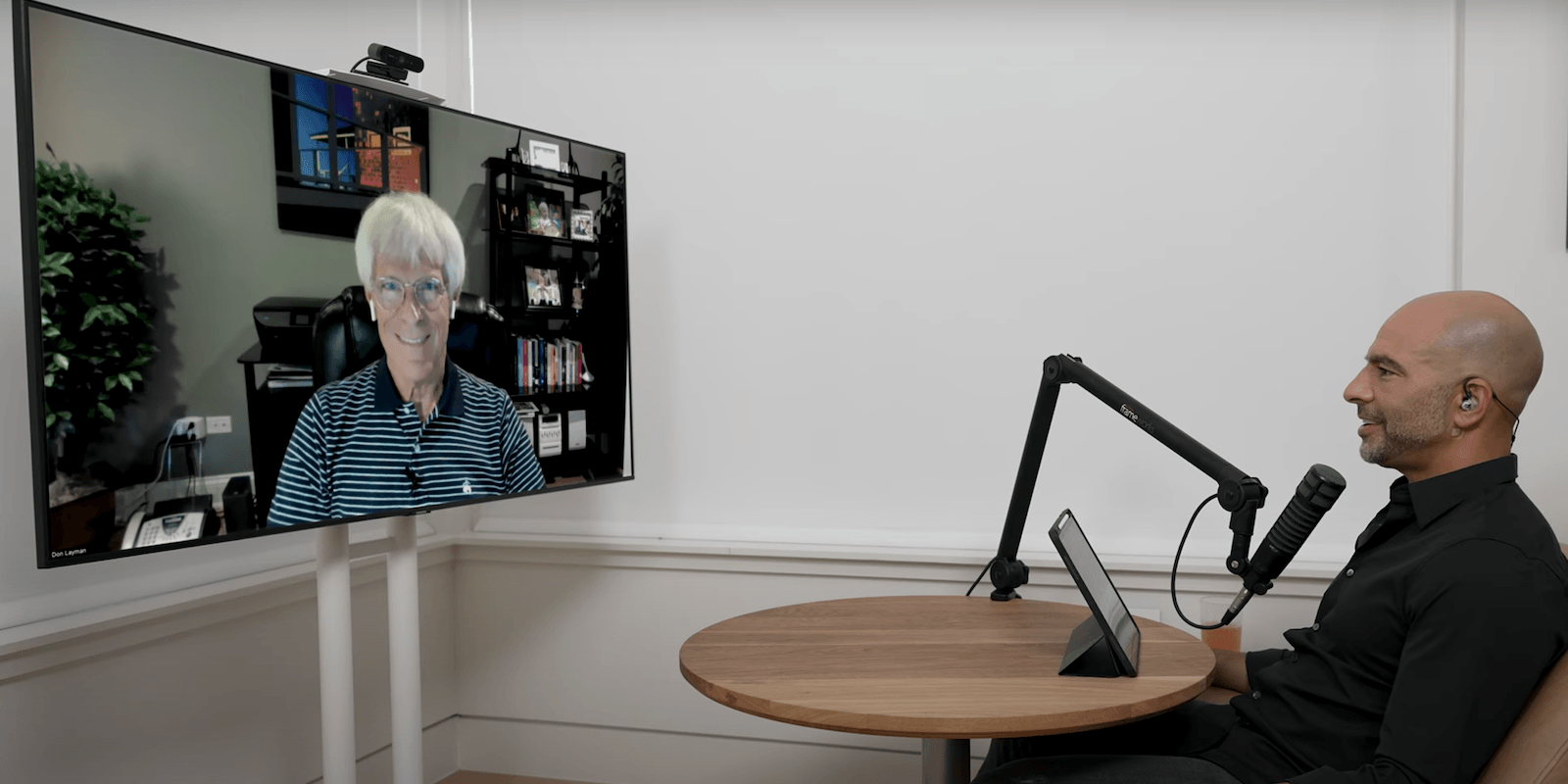Since I’v been diving I have not come across a lot of fitness oriented divers. I’v had to tow a few divers. Some heavier divers often struggle with overheating and exposure protection…
Fitness has been beneficial form ma as a diver but I get that it’s not for everyone.
I have actually seen a few articles recommend not to train before and after diving to avoid dcs.. so i guess that’s a downside for any fitness fanatic.
Most of the divers I know and my dive buddies are very fitness oriented and actually ramp up the fitness training if there planning a big dive. I for big sub 150m dives for your body we really stress how important our fitness levels, hydration levels, and body temperature management. These are some of the most important pre-dive items to take into account related to you.
Reason is:
The rate at which inert gas is eliminated from body tissue for a given pressure gradient depends upon the solubility and vascularity of the tissues and the efficiency of the lungs. Fat tissue off-gasses much more slowly than lean tissue. Because of its relatively high water content, fat tissue holds a greater quantity of dissolved gasses. This storage problem is further compounded by the tissue’s low vascularity. Cardiovascular training, when combined with a healthy diet, results in an increased ratio of lean tissue to fat tissue in an athlete’s body. The body of a fit diver should off-gas as a system faster than that of an unfit diver. However, a reduction in adipose tissue, or body fat, reduces the amount of natural insulation a diver has, increasing the importance of adequate protection from the water.
Cardiovascular training also increases the efficiency of the lungs through several mechanisms. As the cardiovascular system is overloaded through exercise, the lungs are stimulated to exchange carbon dioxide and oxygen, primarily, at a much faster rate. The body adapts by increasing the vascularity of the lung tissue as well as the surface area of the lungs at the alveoli. Not only is a greater quantity of blood present in the lungs of a fit diver, but the vascular changes also allow a faster rate of gas diffusion for each unit volume of blood. Fortunately, these adaptations are not specific to oxygen or carbon dioxide- a pressure gradient for any gas will result in an increased transfer of that gas from blood to lungs.
Reduced Cost of Free Phase Gas Formation:
Any dive can produce bubbles, whether it be a thirty-minute shallow reef dive or a world record setting deep cave penetration. The size and amount of bubbles formed depend largely upon the amount of dissolved gas and the rate of ascent. Mismatch the rate of ascent for the amount of dissolved gas, and the bubbles set in motion a series of problems, known to divers as Decompression Sickness (DCS). Contrary to popular belief, bubbles are not the only cause of blockages in the circulation. The arterial capillaries are generally large enough to allow the passage of many free phase bubbles. It is believed that the secondary effects of these bubbles cause many of the blockages, or emboli, associated with DCS.
The emboli believed to be associated with DCS result from several sources. The body releases many types of chemicals in response to the vascular insult resulting from bubble formation, and these chemicals reduce the blood supply to the tissues, even without the presence of gas emboli. Additionally, certain proteins involved in the body’s defense against illness may adhere to the bubbles themselves, causing blockages and decreasing the permeability of the bubbles. These proteins not only increase the size of the bubbles, but they also increase the time required to clear the bubbles out of the bloodstream.
Divers must remember that lungs are the first defense against the effects of breathing compressed gas. Their diffusing capacity is much greater than needed at rest. This built-in safety factor is what allows the lungs to act as a very effective bubble filter in the event of free phase gas formation in the bloodstream.
The alveoli are designed to trap both solid and gaseous emboli, preventing them from traveling farther through the circulatory system. Gaseous emboli are eliminated through diffusion, which as described above, is improved through cardiovascular conditioning. Cardiovascular conditioning further increases this safety factor by allowing the lungs to trap a greater quantity of bubbles within their increased surface area and vascularity. Not all emboli are filtered by the lungs, however. Small bubbles can pass through the pulmonary circulation only to collect and form emboli elsewhere in the body. Also, the accumulation of proteins and platelets occur throughout the circulatory system as a result of free phase gas formation. This is where the other vascular effects of cardiovascular conditioning may become so important.
The diameter of blood vessels varies based upon a number of factors, including vascular insult. However, cardiovascular conditioning increases the maximum possible diameter of many existing blood vessels. Thus, an embolus may travel farther downstream before becoming lodged, potentially blocking fewer branches and affecting less tissue. Cardiovascular conditioning increases collateral circulation, which means that a given mass of tissue may have more pathways from which to receive oxygen-rich blood. Thus, if an embolus becomes lodged in one pathway, the tissues of a fit diver may receive more blood than those of an unfit diver via other pathways.
Cardiovascular conditioning also increases the efficiency with which cells utilize the oxygen they receive as the tissues of a fit diver require less oxygen to maintain their base metabolic rate than those of an unfit diver. This is due to an increase in aerobic enzymes contained with in the cells, as well as a few other structural changes to the cells. Therefore, tissues of a fit diver may better survive a reduction in blood supply compared to those of an unfit diver.





